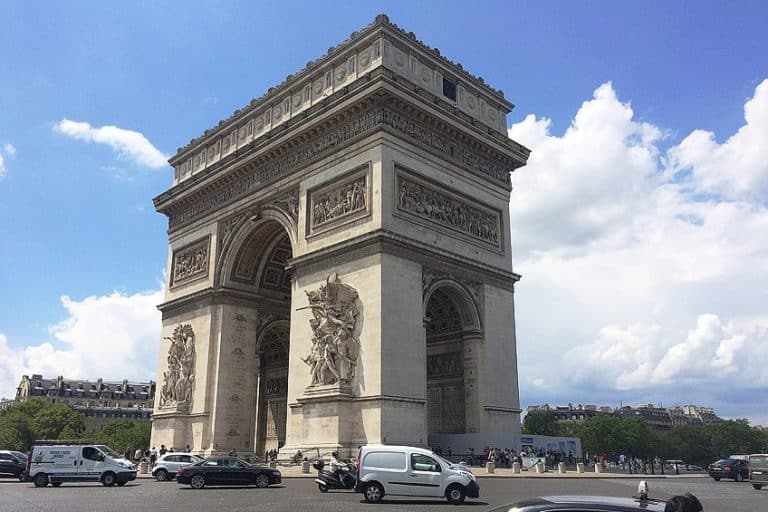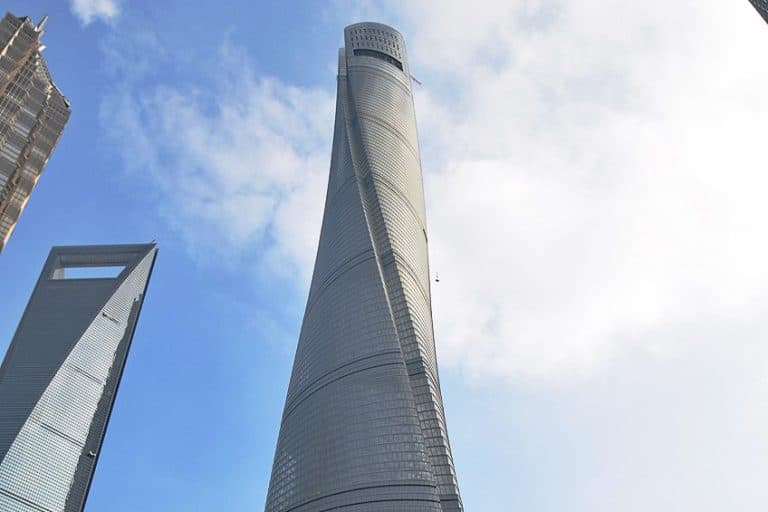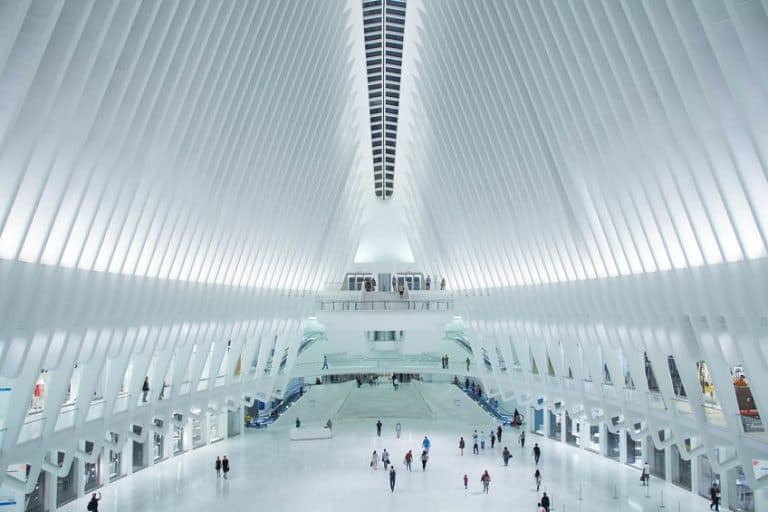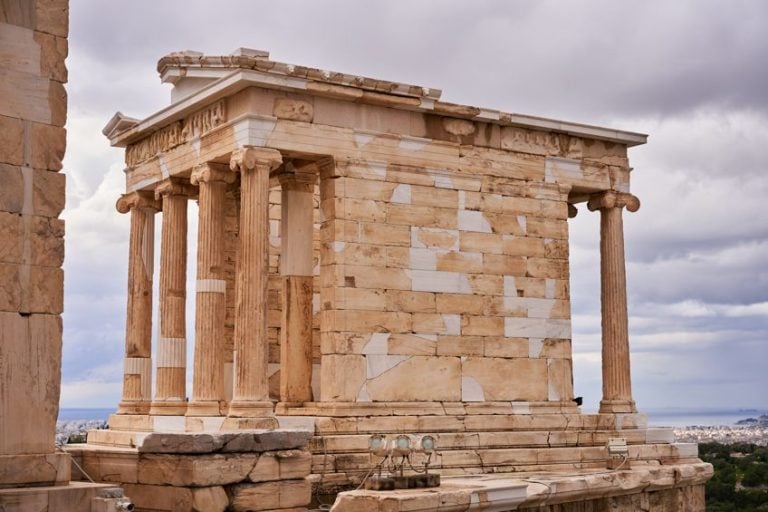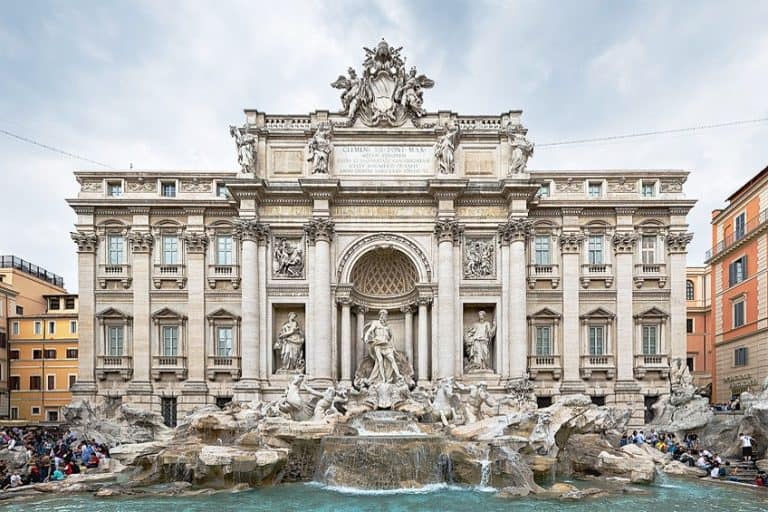Palacio de Bellas Artes in Mexico City – The Palace of Fine Arts
Where exactly is Palacio de Bellas Artes located and what is performed in the Palacio de Bellas Artes? The Palacio de Bellas Artes in Mexico City is a famous cultural complex that has hosted numerous operas, theater productions, and music events, as well as significant art exhibitions. The Bellas Artes in Mexico is known as the Palace of Fine Arts in English. Let us find out more about the architecture and history of the Bellas Artes in Mexico, and answer your questions such as, “when was the Palacio de Bellas Artes built?”.
An Exploration of Palacio de Bellas Artes in Mexico City
| Architect | Adam Boari (1863 – 1928) |
| Date Completed | 1934 |
| Function | Cultural center |
| Height (meters) | 40 |
| Location | Mexico City, Mexico |

The outside of the Bellas Artes in Mexico is mostly Art Nouveau and Neoclassical, while the inside is predominantly Art Deco. The complex is known worldwide for its Siqueiros and Diego Rivera paintings, as well as the various exhibits and theatrical performances it organizes. Let us begin with a brief history of the Bellas Artes in Mexico.
A Brief History of the Palacio de Bellas Artes in Mexico City
During the 19th century and early 20th centuries, the National Theater hosted the majority of Mexico City’s high culture events, featuring operettas, theater, Viennese dance, as well as other performances. It was then planned to substitute this structure with a more grandiose edifice in time for the Centennial of Mexican Independence festivities, so in 1901, the old theater was razed. In October 1904, Adamo Boari pledged to create a big metallic edifice, which at the time was only found in the United States, although not to the scale he had in mind.
Porfirio Daz laid the foundation stone for the structure in 1904. Despite the 1910 deadline, the construction was barely even started by 1913, with only a rudimentary shell.
One explanation for this is that the project grew more challenging than expected when the massive structure sunk into the soft, porous subsoil. Another factor was the economic and political uncertainty that would eventually lead to the Mexican Revolution. Full-scale warfare halted the building of the complex, and Adamo Boari retreated to Italy.

The project would remain incomplete for about 20 years. Construction resumed in 1932 under Federico Mariscal who completed the interior but changed the design from Boari’s plans to a more modern Art Deco style. The Palacio de Bellas Artes in Mexico City was completed in 1934 and was dedicated on November 29th of the same year. The Instituto Nacional de Bellas Artes was established in 1946 as a government body to support the arts.
It was originally based at the Museo Nacional de Artes Plásticas and is presently located at the Palacio.
Architecture and Design of the Palace of Fine Arts in Mexico
The Palacio de Bellas Artes in Mexico City features a blend of architectural styles, although the main ones are Art Nouveau and Art Deco. The Art Nouveau aesthetic of Boari’s work dominates the outside, and Art Deco dominates the interior, which was created by Federico Mariscal. The building has sunk four meters into the soft soil since construction began in 1904. There were many notable architects and artists involved in the building and adornment of the Palace of Fine Arts in Mexico.
Sculptures by Italian Leonardo Bistolfi adorn the interior of the doorway. August Querol Subirats, a Spanish artist, created four Pegasus sculptures for the plaza in front of the edifice.
The crystal roof that covers the middle of the structure was created by Hungarian Géza Maróti and represents the muses with Apollo. The first level features crystal lights designed by Edgar Brandt and paintings by Rufino Tamayo. Smaller exhibition halls with murals by David Alfaro Siqueiros, José Clemente Orozco, Jorge González Camarena, Diego Rivera, and Manuel Rodrguez Lozano may be found on the second level.

The Palacio de Bellas Artes stands out from the neighboring buildings due to its elaborate architecture and meticulous attention to detail. While some of the nearby buildings may have aspects of these architectural forms, the Palacio de Bellas Artes is thought to be Mexico City’s most distinctive representative of these various types.
Other surrounding cultural institutions such as the Alameda Central Park, are usually more utilitarian in style.
The Significance of the Bellas Artes Regarding Art and Culture
Since its opening in 1934, the structure has functioned as a venue for visual arts, performing arts, and cultural activities. It has held a number of exhibits, performances, and concerts by some of Mexico’s most well-known musicians and artists. The Palacio de Bellas Artes is regarded as a symbol of Mexican heritage and cultural legacy. The architecture and intricate ornamentation of the building demonstrate the country’s rich cultural past and dedication to maintaining its creative traditions.
There are many permanent artworks on display in the building’s collection.
The levels between the ground and top floors are dominated by a multitude of murals created by several of Mexico’s most well-known muralists. Two early-1950s pieces by Rufino Tamayo can be viewed on the second level. The Museo del Palacio de Bellas Artes is the institution in charge of the facility’s permanent frescoes and other artworks, as well as organizing temporary exhibits. The facility has featured exhibitions of works by some of Mexico’s most well-known painters, including Diego Rivera, Frida Kahlo, and David Alfaro Siqueiros. These exhibitions showcase Mexican and foreign artists, with a concentration on traditional and contemporary artists.

It also has a strong musical history, with concerts by some of Mexico’s most famous performers and symphony orchestras. The Palace of Fine Arts in Mexico City has held classical music, opera, and traditional Mexican music concerts over the years. The Palacio de Bellas Artes has held a range of cultural events, including conferences, seminars, and workshops, in addition to artistic and performance exhibitions. These events have featured a wide range of subjects, such as arts, music, and Mexican culture. The Palace of Fine Arts has been instrumental in promoting and preserving culture and art in Mexico City.
Several prominent cultural organizations are housed in the complex, including the National Museum of Popular Culture, the National Museum of Architecture, and the National Symphony Orchestra. Through exhibits, concerts, and other cultural events, these institutions collaborate to promote Mexican culture.
Restoration and Conservation of the Bellas Artes in Mexico City
The 1985 Mexico City earthquake was one of the most severe disasters faced by the building, causing substantial damage to the structure. The earthquake cracked the stained glass dome of the cathedral and created fractures in the columns and walls. The structure was closed for several years for restorations, at which point a number of its original elements were restored. The facade has also been impacted by air pollution and many other environmental factors. Dust and smog have accumulated on the building’s exterior and stained glass windows over time.
To address these concerns, the structure has been subjected to periodic cleaning and repair activities in order to retain its aesthetic and architectural integrity.
In 2009, extensive restoration work began in preparation for the approaching 2010 events. Much of the machinery and equipment dates from the early 20th century. Much of the technical gear was upgraded, particularly in the theater, which required computerized lighting, sound systems, and other upgrades.

There is still more work being done that will improve the experience, extending the longevity of the center. Additional work will still be done to improve the acoustics. Upgrades to the theater will enable multimedia presentations that were previously unavailable. Since its opening in 1934, the main hall has seen no renovations or upgrades.
Renovations here will reduce the number of patrons that can be accommodated in the hall but should make the environment more enjoyable.
Visiting the Bellas Artes in Mexico
Visiting the Palacio de Bellas Artes provides an excellent opportunity to learn about Mexico City’s rich cultural legacy and creative traditions. Visitors can also learn more about the building’s architecture and history by taking a guided tour. There is a lot to see and do, and tourists may indulge in a variety of cultural activities such as exhibitions, plays, and concerts.
The building’s theater is a prominent location for ballets, musicals, and operas, and the museums include works by some of Mexico’s most famous painters.

Every day of the week, the Bellas Artes in Mexico is available to the public, and its cultural calendar is continually changing. To watch a concert or exhibition, check out the schedule on the palace’s website. Although most exhibits and performances are free, some may charge a fee, however, the price of entry varies based on the event. The Palace of Fine Arts is situated near the Alameda Central Park in the middle of Mexico City. The subway, buses, and taxis are all readily available for traveling to the building safely and easily. It’s also very close to several of the city’s major cultural attractions.
The Palacio de Bellas Artes in Mexico City is indeed a versatile center that serves an important role by promoting the culture and art of Mexico. Its program offers everything that one could want to experience when it comes to art, theater, operas, musicals, museums, and so much more. Besides the events held within the palace, the history and architecture are worth exploring on their own merits. But, don’t take our word for it, the Bellas Artes in Mexico is free to visit – the plane ticket, on the other hand, might not be as cheap.
Frequently Asked Questions
When Was the Palacio de Bellas Artes Built?
The original National Theater of Mexico was established in the late 1800s, but it was subsequently resolved to be demolished in order to construct a more lavish structure in time for the Centennial of the Mexican War of Independence, which was to take place in 1910. The preliminary design and construction were begun in 1904 by Adamo Boari, an Italian architect, but difficulties resulting from the weak subsoil and political issues both before and after the Mexican Revolution impeded and eventually halted development by 1913. Construction of the Bellas Artes in Mexico resumed in 1932 under the direction of Federico Mariscal, a Mexican architect, and was finished in 1934. It was then opened on the 29th of November, 1934, as Mexico’s first art museum devoted to displaying artistic pieces for contemplation and enjoyment.
What Is Performed in the Palacio de Bellas Artes?
The Palacio de Bellas Artes in Mexico City is a multi-purpose cultural institution that holds a variety of exhibitions and performances. The theater is renowned for its acoustics and has played host to some of the most famous musicians from Mexico. Ballets, modern dance works, and traditional Mexican dances are often performed in the theater. The Palace of Fine Arts in Mexico City has a long history of theatrical performances, hosting a wide range of performances. It has hosted musicals, plays, and operas, as well as contemporary and experimental theatrical performances.
Where Is Palacio de Bellas Artes Located?
It is located on the east side of Mexico City’s historic center, near Alameda Central Park. Using the city’s public transit system is the most convenient method to get there. You may take the metro to Line 8 and get out at the Bellas Artes stop (Pink Line). It’s only a short distance to the Palace from there. Taxis and ride-sharing services like Uber are also easily accessible that can be taken to get to the building. If you prefer driving, there is also some paid parking near the Palace.
When Is the Best Time to Go to the Palace of Fine Arts in Mexico City?
The palace features an all-year-round roster of exciting things to experience, with various events happening throughout the year. So, it is recommended to check out the program to see what is on around the time of your planned visit. However, there are also many permanent displays, which means that you will always find something to do and see when you visit the Bellas Artes in Mexico City.
Justin van Huyssteen is a freelance writer, novelist, and academic originally from Cape Town, South Africa. At present, he has a bachelor’s degree in English and literary theory and an honor’s degree in literary theory. He is currently working towards his master’s degree in literary theory with a focus on animal studies, critical theory, and semiotics within literature. As a novelist and freelancer, he often writes under the pen name L.C. Lupus.
Justin’s preferred literary movements include modern and postmodern literature with literary fiction and genre fiction like sci-fi, post-apocalyptic, and horror being of particular interest. His academia extends to his interest in prose and narratology. He enjoys analyzing a variety of mediums through a literary lens, such as graphic novels, film, and video games.
Justin is working for artincontext.org as an author and content writer since 2022. He is responsible for all blog posts about architecture, literature and poetry.
Learn more about Justin van Huyssteen and the Art in Context Team.
Cite this Article
Justin, van Huyssteen, “Palacio de Bellas Artes in Mexico City – The Palace of Fine Arts.” Art in Context. September 8, 2023. URL: https://artincontext.org/palacio-de-bellas-artes-in-mexico-city/
van Huyssteen, J. (2023, 8 September). Palacio de Bellas Artes in Mexico City – The Palace of Fine Arts. Art in Context. https://artincontext.org/palacio-de-bellas-artes-in-mexico-city/
van Huyssteen, Justin. “Palacio de Bellas Artes in Mexico City – The Palace of Fine Arts.” Art in Context, September 8, 2023. https://artincontext.org/palacio-de-bellas-artes-in-mexico-city/.




